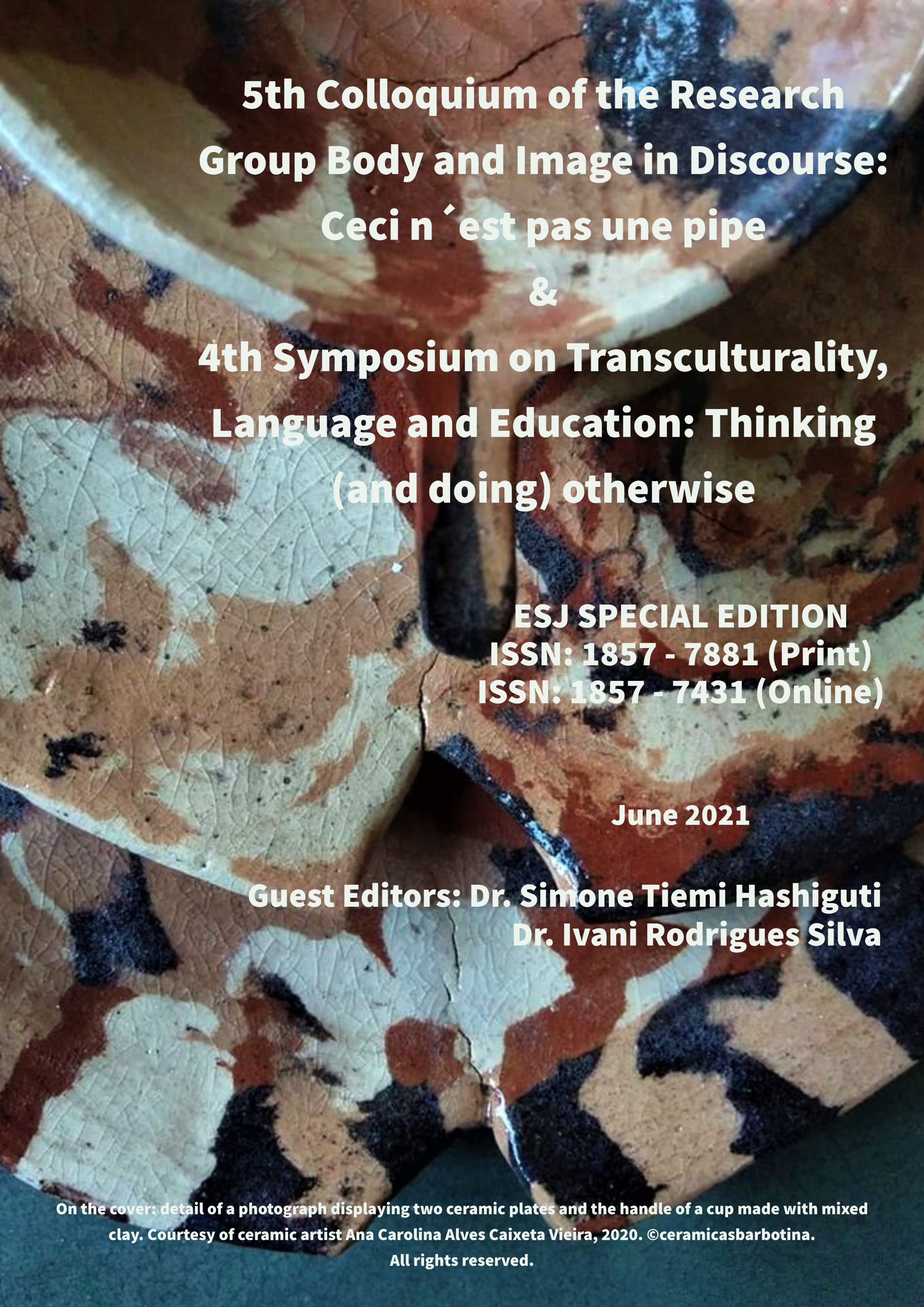Analysis of Facial Expressions in Brazilian Sign Language (Libras)
Abstract
Brazilian Sign Language (in Portuguese, Libras) is a visuospatial linguistic system adopted by the Brazilian deaf communities as the primary form of communication. Libras are a language of minority groups, thus their research and production of teaching materials do not receive the same incentive to progress or improve as oral languages. This complex language employs signs composed of forms and hands movements combined with facial expressions and postures of the body. Facial expressions rarely appear in sign language literature, despite their being essential to this form of communication. Thereby, this research objectives are to present and discuss sub-categories of the grammatical facial expressions of Libras, with two specific objectives: (1) the building of an annotated video corpus comprehending all the categories identified in the literature of facial expressions in Brazilian sign language; (2) the application of Facial Action Coding System (FACS) (which has its origins as an experimental model in psychology) as a tool for annotating facial expressions in sign language. Ruled by a qualitative approach, the video corpus was carried out with nineteen Libras users (sixteen deaf and three hearing participants) who translated forty- three phrases from Portuguese to Libras. The records were later transcribed with the Eudico Linguistic Annotator software tool. From the analysis of the literature review, it was observed the need to classify facial expression as subcategories of lexical, as intensity, homonyms, and norm. It is believed that it is necessary to expand the studies on facial expressions, favoring their documentation and the description of their linguistic functions. Advances in this sense can contribute to the learning of Libras by deaf students and also by listeners who propose to act as teachers or as translators and interpreters of this language system.
Downloads
Metrics
PlumX Statistics
Copyright (c) 2021 Emely Pujolli da Silva, Kate Mamhy Oliveira Kumada, Paula Dornhofer Paro Costa

This work is licensed under a Creative Commons Attribution-NonCommercial-NoDerivatives 4.0 International License.








